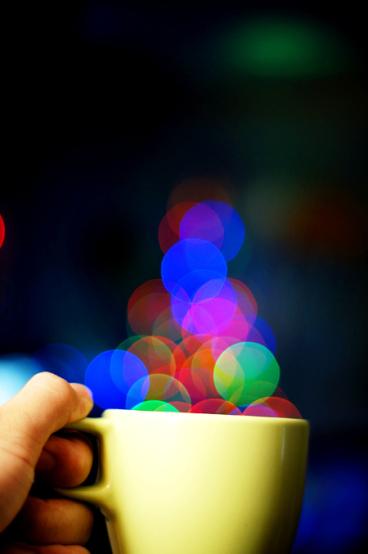
YAMAN (YA-MA) design by Rem Tanauan
No matter how familiar they appear to me, through many occasions of writing and reading, Baybayin characters remain open to many meanings. I’m not sure with other writing systems like Chinese characters or Egyptian hieroglyphs. They seem to me precise and exact – combine characters and there you get new meanings. But I cannot describe them that much, I can only speak for Baybayin, whose symbols do not just represent sounds and never represent an exact image. To anyone’s eye, each character is like a Rorschach inkblot – an image I see almost always different from what another sees.
A friend and co-facilitator Mini Gavino asked us to find pictographic significance of each of the 17 Baybayin characters. I was again a student sat at the table, a pencil held in my hand scribbling what I stumbled upon in my mental excursions. Though I sort of lectured a bit about Baybayin’s history on workshop’s first day, the following day I was a new participant among others. I was excited yet quiet, and I knew then that in those kinds of moments when I look at Baybayin with, in Ralph Waldo Emerson’s words, “a fresh pair of eyes”, it speaks a new form of beauty. It did.
After scribbling all the characters, 2 of them struck me like seeing a pair of beautiful beach stones. The character YA has been quite insightful for me based on its sound, as it sounds optimistic when found in some Tagalog words: masaYA is happy, pasiYA is decision, laYA is free. But it made more sense when, after seeing the character MA, I read the word YAMAN. Early Filipinos never spell the last sound, so YAMAN spells YA-MA in Baybayin.
The secret is in its process: emptying, then filling.
I saw YA and MA an image of two jars. MA is jar filled perhaps of water. YA, in contrast, is an empty jar. One is filled, another is empty. In YAMAN’s syllabic order as a word, YA, the empty, goes first. MA, the filled, follows. Empty, then filled. Seeing the word YAMAN in this new light is liberating. It tells me and all who utters the word YAMAN a refreshing story of its meaning.
YA and MA is a sort of Yin Yang, two opposite values, a paradox of sounds combined in one word. People know that being filled is like being rich, but emptiness is contradicting. To have 2 syllables that make up a word so familiar to us yet we do not fully understand makes us question our notions of what yaman is. How can one be rich if one is empty and filled at the same time?
He never spoke Tagalog, but my friend and teacher Gath, using the word abundance, described an insight that might very well speak of yaman: to be abundant is not just about getting more and more. What comes in also goes out. This is the property of the abundant universe. What came to me in recalling this is that YAMAN is neither a prized object nor an economic goal. It is a spiritual value of cosmic proportions, one that is seen in all the richness of everything in nature and life. You don’t need to go far. Right within each of us, the heart as an organ empties its chambers of blood by pumping it, and then fills up again. This rhythm keeps on moving, always constant, and that makes us alive. The secret is in its process: emptying, then filling.

cc Shermie / Flickr.com
“The Tao is the mother of ten thousand things.” Lao Tzu describes in Tao Te Ching the ever-present Tao as the emptiness of the cup. What makes the cup important is not the cup at all but the emptiness in it. By that property it is filled. From that emptiness, every creation comes forth. What is empty is not empty at all. The material YAMAN that is dreamed of or gained all come from the essential YAMAN remains the unseen force. Is it not life or peace or joy or Love that we often define and describe, and still remains beyond definition and description? YAMAN, this YA and MA, the emptiness and fullness, is a reminder of rhythmic truth that makes us truly rich.
